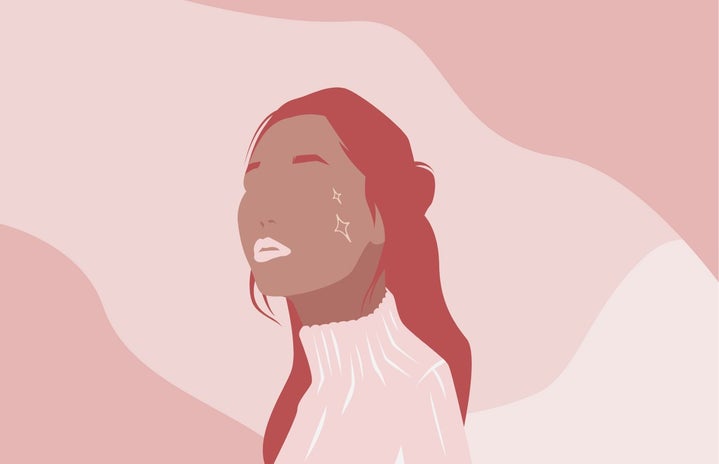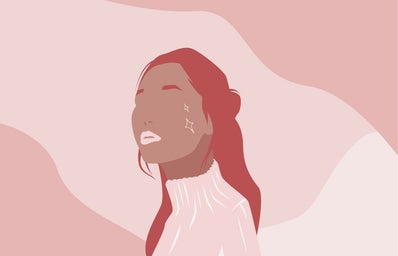Kathe Kollwitz, Frida Kahlo and Shigeko Kubota are some of the pseudonyms used by the members of Guerrillas Girls in honor of iconic females – both artists and activists. Identifying themselves as intersectional feminists, they fight for the rights of women based on different categories, such as gender, race and social class. Another striking characteristic of the group is the fact that they wear gorilla masks, aiming to maintain focus on their social criticism. “Our anonymity keeps the focus on the issues, and away from who we may be”, the Girls state on their website.
- The movement
-
The movement was founded in 1985, as a response to the lack of representation of women in the 1984’s exposition in the Museum of Modern Art, An international survey of recent painting. This, in fact, is one of the most known critiques made by the group: what is the percentage of women’s works exhibited in big museums? To strengthen such statement in the world of art, they also relate these numbers to the quantity of the artistic feminine nudes displayed.
In the São Paulo Museum of Art (Masp), the index of women’s representation is 6% of female artists against 60% of female nude art – a proportion mirrored by other big museums globally. In 2017, however, the Guerrilla Girls went beyond the convention and made their first exposition in Masp. Based on their history, their works were organized in chronological order in a piece titled “Guerrilla Girls: Gráfica, 1985-2017”, also available in the museum’s digital archive.
Rafaella Rosado went to the 2017 display and got to know the movement on that day. On its impact, she reveals: “It was a mix of feelings. At the same time that I thought it was a great way to show these statistics, especially on Masp, I was stunned. I remember crying and having some of the pieces stuck on my head for days.” The journalism student, though, returned to the exposition twice more.
The motion designer Luana Fernandes was also not familiar with the collective, and says that the timely disposition of the assemble helped her understanding of the movement. “It was very important having their works exposed there, so that we don’t forget what we’ve been debating – about racial and gender discrimination -, and how it’s not something as new as a parcel of society thinks. At the same time, it is almost a historical reparation by Masp and other museums – or rather, the beginning of such reparation, you know”, states Luana.
She also relates the art of the activists to memes. “Some of the pieces work almost in the logic of memes in this day and age – a manifest based on hot news, with very latent imagetic resources and a necessity of political and historic acknowledgement.”
- Their style
-
The style of art used by Guerrilla Girls is a part of the movement Culture Jamming, that ever since the 80s combines street art with activism to criticize several matters, especially consumerism. The journalist Juana Ribeiro Diniz explains, in the article Culture Jamming – activism and counter-hegemony, how banners and outdoors spaces can become channels of protesting in the urban scope beyond online mobilizations. In every manifestation, she adds, there is the constant presence of irony, creativity and the present.
- Their message
-
Accordingly, the Guerrilla Girls cement their message, on their page: “We wear gorilla masks in public and use facts, humor and outrageous visuals to expose gender and ethnic bias as well as corruption in politics, art, film, and pop culture.”
———————————————————————————-
The article above was edited and translated by Isabella Gemignani.



